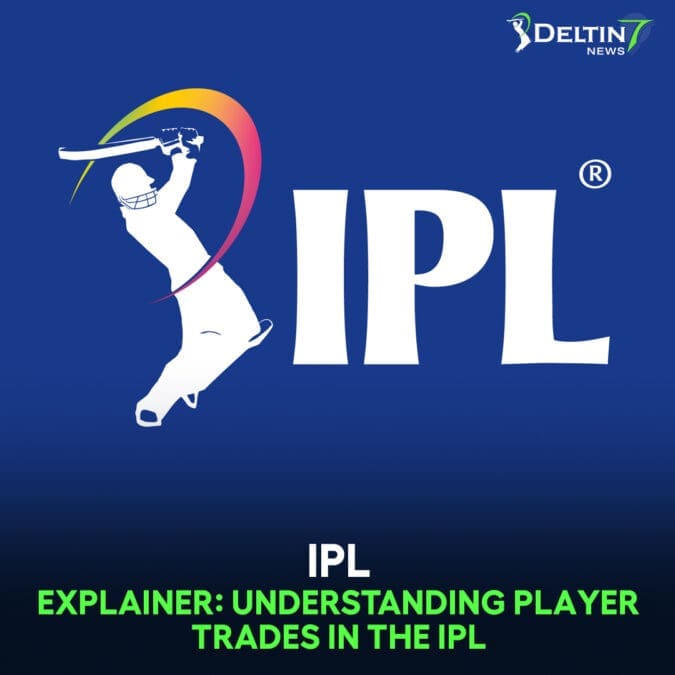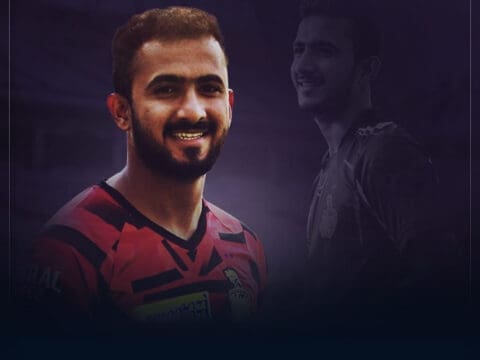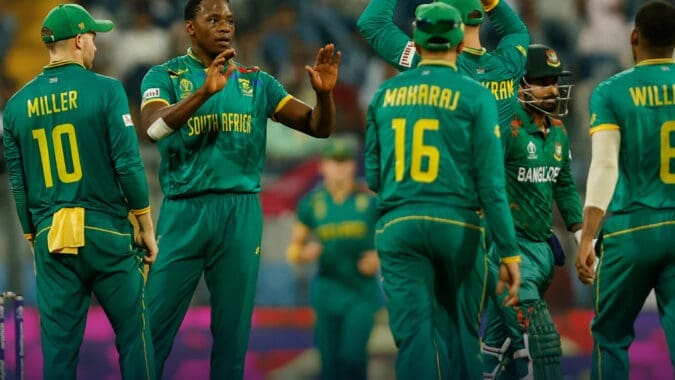
Understanding Player Trades in the IPL
The Indian Premier League (IPL) is not just a cricket tournament; it’s a platform where players have the opportunity to switch teams through player trades. These trades add an extra layer of excitement and strategy to the game. In this comprehensive guide, we will delve into the intricacies of player trades in the IPL. From understanding the trade window to the rules and regulations governing these trades, we’ve got you covered.
It occurs when a player, during the trading window, transfers from the IPL franchise that acquired him to another organization. A trade might be a player-for-player exchange or an all-cash transaction. The player-trading window opens one month after a season concludes, remains open until one week before to the auction date, and then closes one month before the next season begins, as per IPL regulations. Thus, the auction is set for December 19, and the trade window will remain open until December 12; it will reopen on December 20 if necessary, up to one month before the 2024 season starts.
What is the IPL Trade Window?
The IPL trade window is a designated period during which IPL franchises can engage in player trades. It provides an opportunity for teams to strengthen their squad by either swapping players with other teams or by trading players for monetary compensation. The trade window occurs before the IPL auctions and allows franchises to fine-tune their team composition.
Rules of the IPL Trade Window
- Swapping Players: Franchises can negotiate player swaps with other teams. This allows them to exchange players based on their specific requirements and team strategies.
- Monetary Trades: Franchises can also trade players by offering monetary compensation to the team currently holding the player. This is known as an “all-cash deal,” where the buying team pays the original auction price of the player, along with an undisclosed trading fee.
- Consent of the Player: Before completing a trade, the franchise must obtain the consent of the player involved. This ensures that players have a say in their career paths and are not forced into a trade against their will.
- Decision-Making Authority: In the event that multiple franchises express interest in a player, the team currently holding the player has the final say in determining which franchise the player will be traded to.
- IPL Governing Council Approval: The final approval for all trades rests with the IPL Governing Council, ensuring that fairness and transparency are maintained throughout the process.
How Does the IPL Trade Window Work?
The IPL trade window is a time-bound process that follows a specific sequence of events. Let’s break it down:
Trade Negotiations: Franchises engage in trade negotiations, exploring potential player swaps or monetary deals. This is a crucial time for teams to assess their squad’s strengths and weaknesses and identify areas that need improvement.
Consent and Agreement: Once a trade agreement is reached between the franchises involved, the buying team seeks the consent of the player to finalize the trade. This step ensures that players have a voice in the decision-making process.
Submission of Retention Lists: After completing trades, franchises must submit their retention lists to the IPL organizing committee by a specified deadline. Retention lists outline the players a team wishes to retain for the upcoming season.
Auction Preparation: With the trade window closed, franchises now focus on preparing for the IPL auctions. They consider the players they have retained, the ones they have acquired through trade, and the available players in the auction pool.
IPL Auctions: The IPL auctions mark the culmination of the trading window. Franchises bid for players, utilizing their retained budget and any additional funds gained from releasing players during the trade window.
Examples of IPL Player Trades
Let’s take a look at some recent IPL player trades to gain a better understanding of how they work:
Romario Shepherd: In a cash deal, Romario Shepherd was traded from the Lucknow Super Giants (LSG) to the Mumbai Indians (MI) for a sum of 50 lakh INR. This trade provided MI with an additional player to strengthen their squad.
Devdutt Padikkal and Avesh Khan: The LSG and the Rajasthan Royals (RR) engaged in a player swap. Devdutt Padikkal moved from RR to LSG, while Avesh Khan made the switch from LSG to RR. This trade allowed both teams to address their specific needs and add talent to their respective squads.
Conclusion
Player trades play a significant role in shaping the composition of IPL teams. The trade window provides franchises with the opportunity to tweak their squad, strengthen their lineup, and strategize for the upcoming season. By understanding the rules and process of player trades in the IPL, fans can gain a deeper appreciation for the strategies employed by team management.
So, get ready to witness exciting trade deals and player swaps as franchises gear up for the IPL auctions. Stay tuned to see how these trades impact the dynamics of the teams and set the stage for a thrilling season of cricket.













